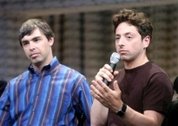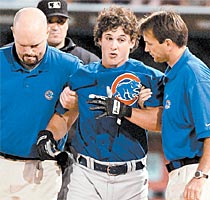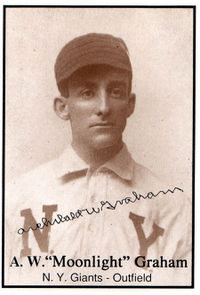
I'm driving my Hummer over to see the Al Gore movie, but don't worry, I'll drive slowly--The latest outrage in the wingnut culture is Al Gore's film, "An Inconvenient Truth," about the effects and dangers of global warming. Conservative commentators are predictably foaming at the mouth at this latest liberal outrage. It and the scientists who support the idea that humanity is about to really screw up planet Earth, have been called unAmerican. I can't comment as I haven't seen the film yet, but we are going to next week.
So how accurate is the film? Apparently, very.
The National Geographic Society took environmental scientist Eric Steig of the University of Washington to the movie. Steig reports: "I was looking for errors. But nothing struck me as overblown or wrong." Gore claimed that the number of Category 4 and 5 hurricanes had doubled last year. True. Heat waves are increasing. Also true. Deaths from global warming will double in just 25. A reasonable extrapolation. More than a million species will be driven to extinction in 50 years. Ditto. Sea levels could rise more than 6 meters and Central Jersey would become beach front property. Yup. Move upland.
Then the Associated Press, about as neutral a news sources as you are likely to find, did a survey of more than 100 climate researchers to ask them if they thought the film accurate, including the few remaining skeptics. Those who saw the film or read Gore's book agreed he nailed it. "I sat there and I'm amazed at how thorough and accurate [it was]. I was blown away," said Robert Corell, chairman of the worldwide Arctic Climate Impact Assessment.
Actually, I wasn't surprised. About 15 years ago, Gore came to Stanford to talk about the environment in general and global warming. I was blown away. He really, truly knew his stuff and was articulate and impassioned. What happened to the articulate and impassioned guy during the 2000 campaign is another story, but anyone who messes with Gore on this issue comes up looking like an idiot. He has been at it for almost a generation and has it nailed.
This, of course, doesn't stop the idiots. See here and here. Part of the problem, I maintain, is the the media (usually not science writers), still cover the issue as if it was controversial. It isn't. The number of scientists who reject Gore's premise can be counted on the fingers of one hand and most of them take coal industry money. The other problem for the wingnut critics is that the film is doing extremely well for a not terribly action-packed documentary. (Jon Stewart says it has the record for the most people who went to see a PowerPoint presentation). It has already grossed $131 million!
Unfortunately, the one man who we most need to see the film says he won't. Of course not.

















